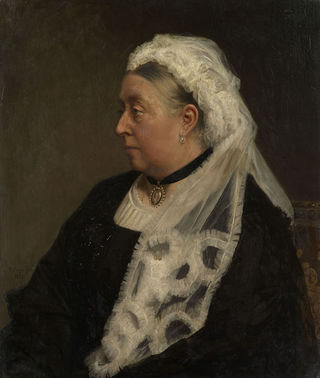
On Tuesday we looked at the Viking funeral, and I don’t know about you guys but I love a good theme, so today we’ll be moving up about 1000 years in history to look at the Victorian funeral!
In many ways, the Victorians mourned their dead and celebrated their lives in much the same way we do. For example, while we don’t get the practice of wearing black to mourn the dead (we can thank the Romans for that one), the Victorians did introduce elaborate mourning rituals – Queen Victoria herself for example famously wore black for the rest of her life after the death of her husband Albert.

Mourning clothes were an expectation of the gentry and upper classes, but it could sometimes get very expensive. In those days, clothing had to be tailored, and so ordering a new suit didn’t exactly come cheap. This could be a problem especially if you were living in what was termed ‘genteel poverty’ – where you were socially a member of the upper echelons of society, but life hadn’t quite gone your way and you didn’t have the funds to support the lifestyle. This was the case for one Waterford man in the mid-nineteenth century – Captain Thomas Roberts. Captain Thomas was a formal naval captain who had been effectively forced into early retirement, he kept his townhouse on Henrietta Street and a Summer house in Dunmore, but he also had a small crowd of unmarried daughters to support, and a very small pension on which to do so. So when his sister-in-law died – ‘The Fair’ Rosamund Roberts – he found himself in a spot of bother, he had no mourning clothes and no way to afford them. Luckily, his brother Samuel was much wealthier than he was, but the strain of Victorian mourning practices, and the cost of a suit, led to a falling out between the two that lasted almost to Samuel’s own death:
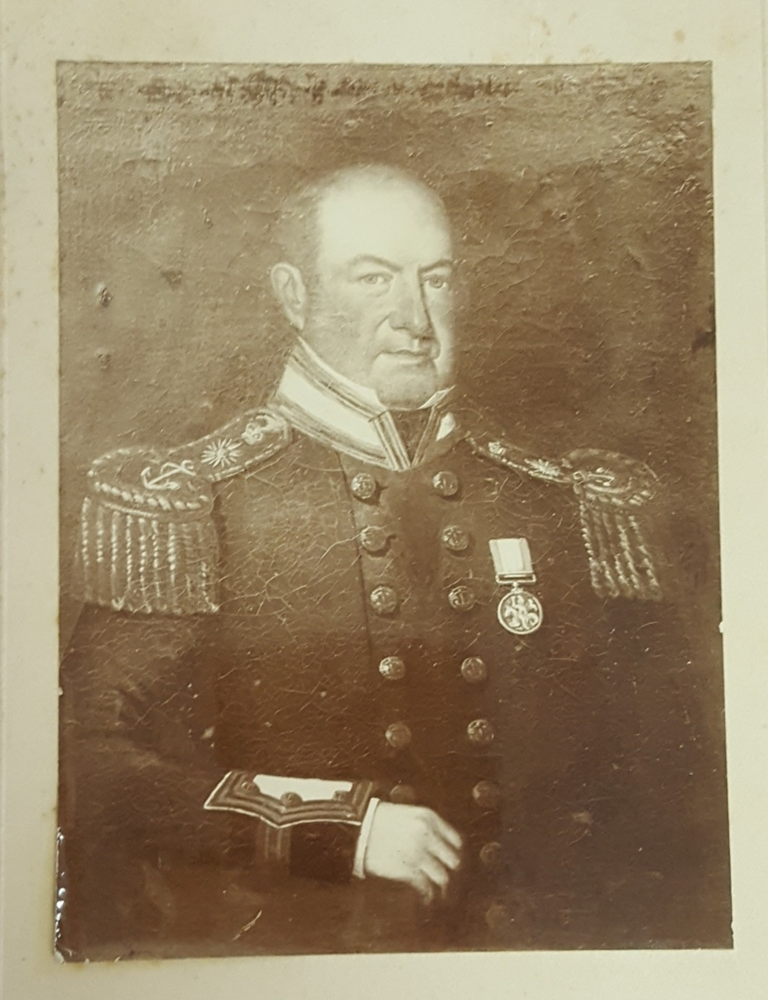
Three days previous to Lady Robert’s funeral – I got a note from Sir Samuel requesting that if I had not suitable mourning to attend the funeral – I would accept a suit from him – and order it – I immediately did so – and then called upon him to thank him – saying that I had not a stitch of mourning clothes by me, not having got any since [my] Brother John’s Death near eight years ago – his answer was – oh. Very well – when I told him I had ordered them – for some time matters remained until he was given to understand, not by me, that I expected the suit of Clothes would be paid for by Sir Samuel, upon which he wrote me a note saying He thought I had refused them – but to send him the bill and it should be paid – I immediately went to him and protested that I had not refused the clothes – & mentioning what I had said to him on the occasion – he replied “that he had one leg in the grave, and the other not far from it, and if he was dying that moment, he would take his oath that I refused the clothes,” I persisted that I accepted them in the most solemn manner, but without making any impression on him – I then departed – and have never met him since – but this is not all; on my Brother Ab[raham] – endeavouring to make up matters – what was he told by Sir Samuel? Why, that I had not got the clothes at all!! for he had sent Matty Webber to Glanvilles to pay for them, and she brought him word that I had not got them – well, I then got Messrs. Glanville’s certificate that they were got, giving the date when got, and for the purpose – this did not satisfy – I then got Brother Ab and Tom Pyne to go to Glanvilles’ [to] examine their books – and before their faces, had the amount copied from their books – and a new certificate written out before them by Messrs Glanville and signed by them – […] what do you think -? that after all this, there still exists doubt, if not disbelief that the clothes were got!!! Sir Samuel told the Colonel that he would be glad to meet me and shake hands – but […] he could not urge me to meet him – a deaf ear was turned to this remark and things remain as they were –
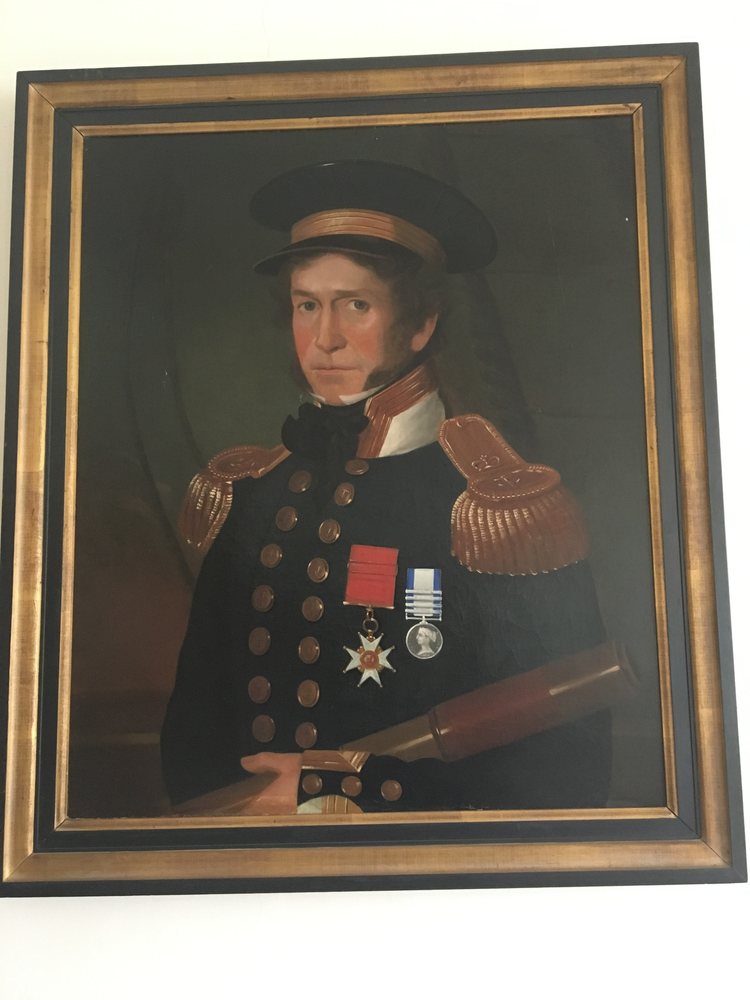
One of the greatest fears in the minds of Victorians was the threat of being buried alive. Intermittent cholera and disease outbreaks during the century meant that sometimes there was very little time between death and burial. On top of this, despite the fact that medicine was advancing quickly and unimaginably during this period, science still wasn’t perfect, and neither were the methods for determining death. Generally the tests included tickling the throat with a feather, using a mirror to check for condensation as evidence of breathing, and pouring bitter liquids/ prodding the tongue with a sharp implement. As well as this, with the rise of Gothic horror – and Mary Shelley’s Frankenstein in particular – this fear was whipped up into a frenzy.
For some people, this fear was so prevalent that they left behind a number of bizarre instructions to ensure they were really dead, even George Washington requested that his family wait with his body for two days before burying it. Waiting Morgues sprang up in Europe, where families would lay out their loved one a wait to be certain they were dead. This is part of the reason for the traditional Irish wake – not just to celebrate the live of the dead, but to ensure they weren’t just catatonic! One Waterford woman, Marianne Carew, even wrote instructions into her will to protect her from her mortal fear of being buried alive.
I Marianne Carew, being in sound mind and memory, take up this sheet in no light mood or frame of mind. And now having a living dread of the possibility of being buried alive before life became extinct, I desire that I shall not be placed in my coffin until I show very evident and unmistakeable signs of decomposition. I also require that the skull shall be raised [that her head be removed presumably] to ascertain any disease and to further ensure my decease. I will not allow any inscription on my coffin or plate of any kind. I desire to be buried in the most unostentatious manner possible. I require that my pony and bay mare I bought from my nephew Robert Carew shall on my decease be deprived of life in as merciful a manner as possible immediately on my decease.
– Marianne Carew, writing her will, 1891
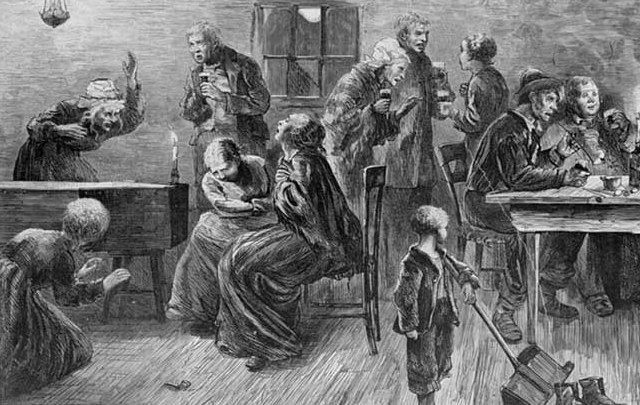
This fear led to the invention of what were termed ‘safety coffins’ which were intended to provide those unfortunates that were prematurely committed to the earth with a way out. Safety coffins could be spring loaded to remove the lid in the chest of the deceased moved, rigged with a bell to alert cemetery-goers that someone was alive, fitted with feeding tubed and glass panels to show up condensation if someone was breathing – but funnily enough, none of them seem to have come with an air supply…
Despite all of this, there is no record of a safety-coffin actually saving someone in this period, but plenty of them being accidentally set off and terrifying visitors and cemetery night-watchmen.
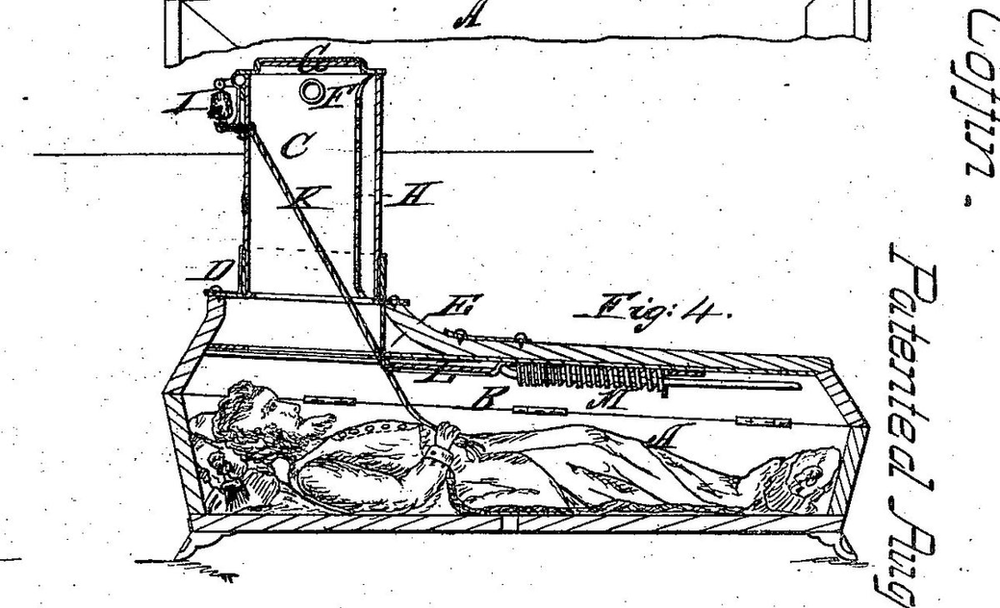
Fears however did not only belong to the dead, but to their living relatives as well. In the eighteenth and nineteenth centuries, the science of medicine was changing quickly and generally for the better. Increased medical knowledge led to longer lives and better recovery from previously fatal diseases, but for better medical knowledge, doctors needed to learn how the body worked, and for that, they needed to perform dissections. The laws of the time granted medical schools the use of the bodies of convicted and hanged murderers for dissection, but this only amounted to thirty or forty corpses a year which was simply not enough. The rising demand caused people to turn to more extreme measures – body snatching.
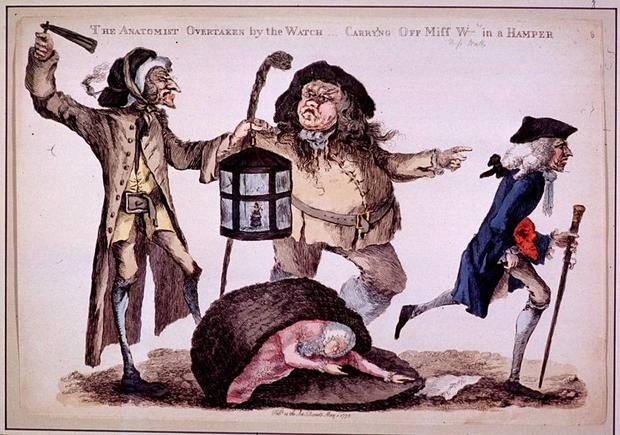
Body snatchers were also known as ‘resurrection men’ and they collected a fee for their ‘donations’ to medical schools across Britain and Ireland – the fresher the body, the higher the fee. People came up with a number of ingenious solutions to prevent their loved one from being stolen away and dissected in a classroom, though most of these methods were restricted to only the uppermost, wealthy section of Victorian society. This included paying a watchman to stand guard until the body was no longer valuable, being buried in a double or triple coffin, buying a coffin which was almost impossible to prise open, or using what was known as a mort-safe.
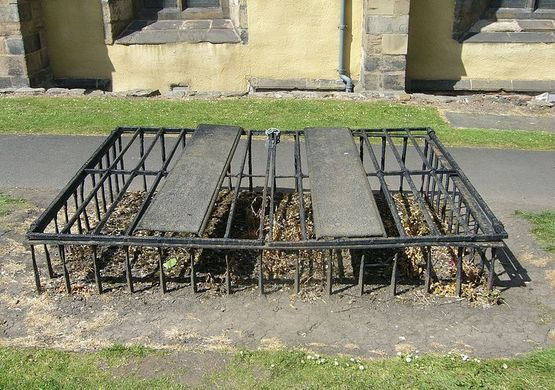
A mort-safe was a type of cage which the coffin was set into and which encompassed the entire grave. They were metal and difficult to get through – even today, removing one is a major operation. The most famous mort-safes are in Edinburgh, where Burke and Hare (famous Northern Irish body-snatchers and convicted murderers – because sometimes nature just isn’t providing enough fresh bodies so you have to do it yourself) but they can be seen across Britain and Ireland, even in Kilkenny and Waterford. Poorer families sometimes layered the grave with straw to make in more difficult to dig down to the coffin, in the hoped that would-be body-snatchers would think it too much trouble and leave their loved-one alone.
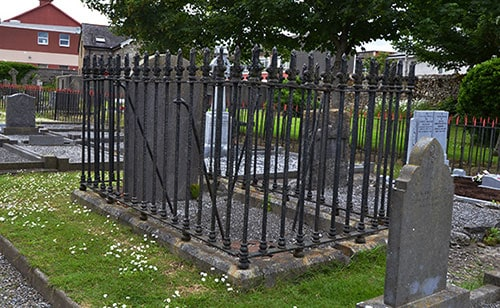
Dying in Victorian Britain was easy, there were enough diseases and dangerous professions going around to take care of that for you, but death brought with it a whole host of other anxieties. These are just some of the quirky stories from Victorian funerals, and just some of the slightly weird characters Victorian Waterford has to offer. Do you know of any others? Let us know in the comments below!


